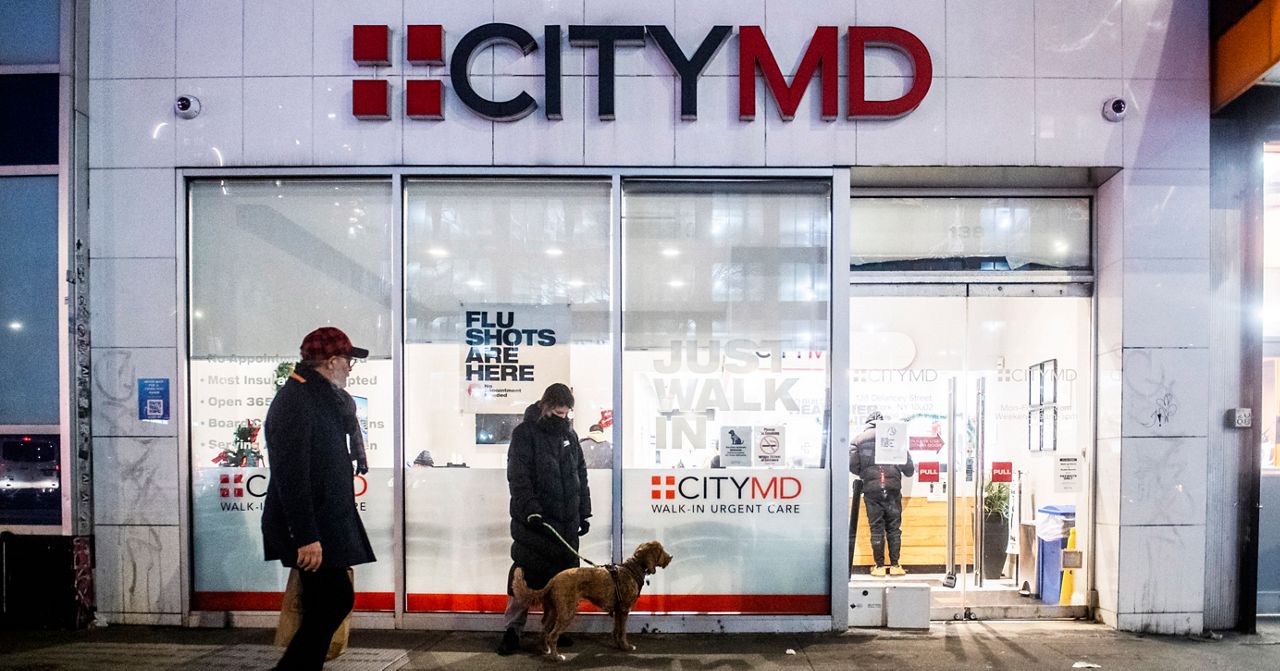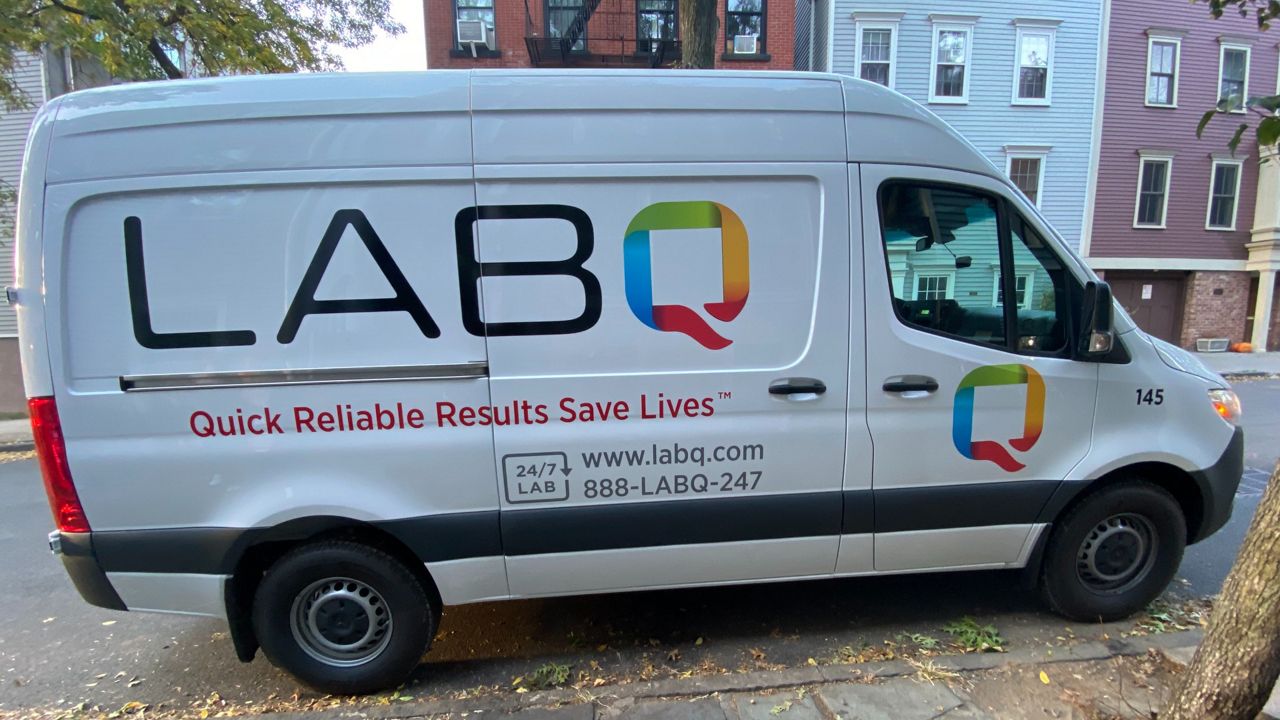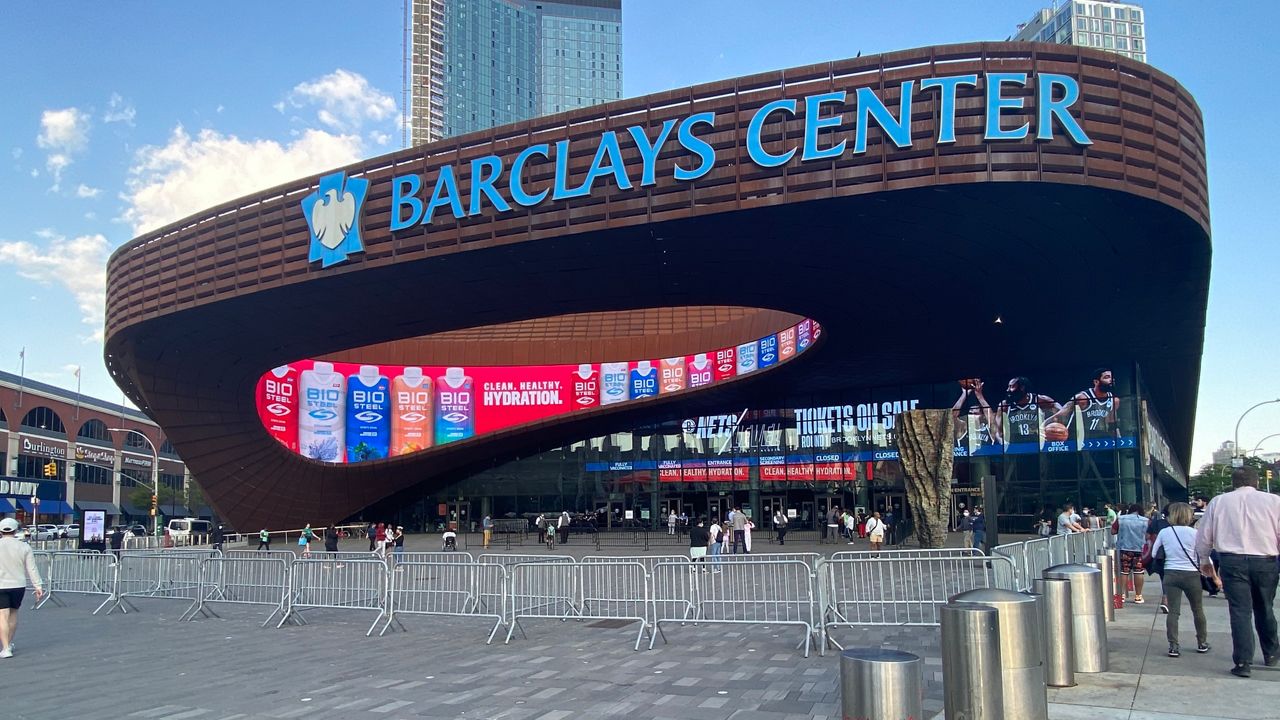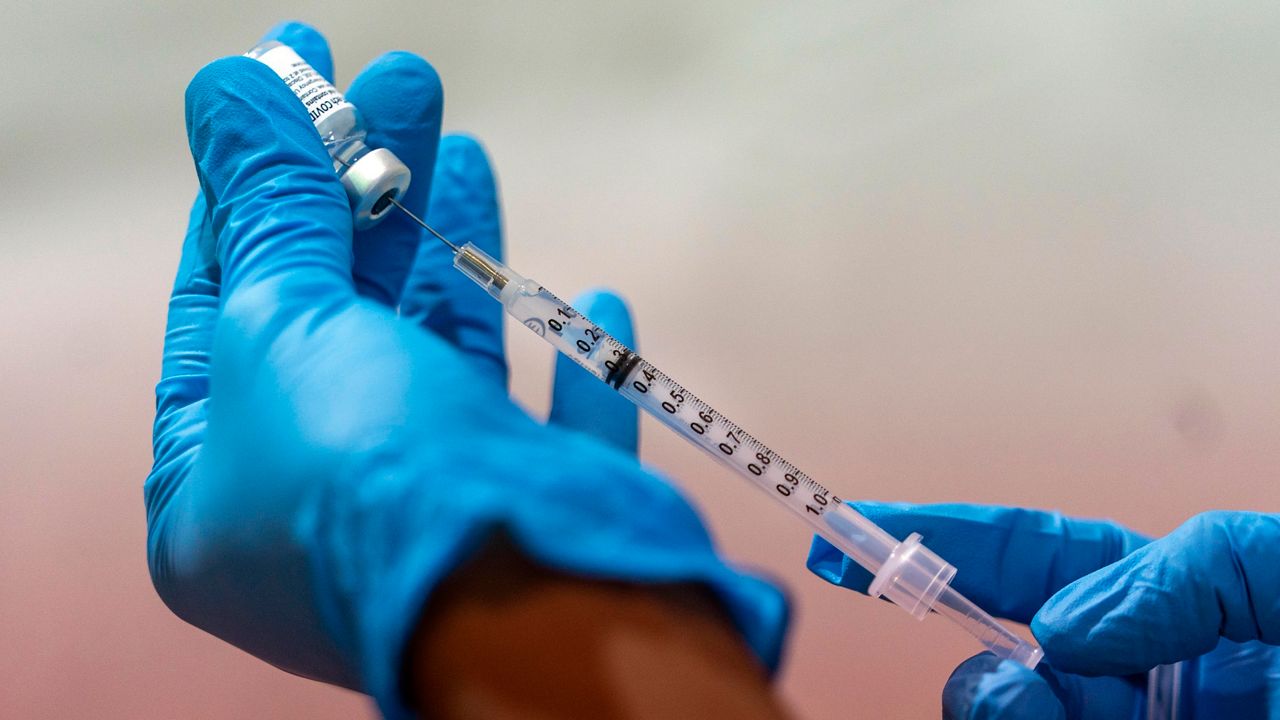While COVID-19 cases and hospitalizations in the city remain low, Pedro Vega is working behind the scenes at One Brooklyn Health System to make sure the hospital system is ready for the next potential wave.
What You Need To Know
- N95 masks cost about 80 cents before the pandemic; now they cost $4
- A surgical mask once cost 6 cents, now runs about $1
- One Brooklyn Health System has spent over $6M on PPE this year
Vega is the system’s vice president of supply chain, responsible for ensuring critical stock of personal protective equipment is available for Brookdale Hospital, Interfaith Medical Center, and Kingsbrook Jewish Medical Center, nursing homes and various outpatient centers.
“As we reopen certain clinics where PPE [Personal Protective Equipment] wasn’t used, a mask wasn’t used before, now everyone needs a mask,” Vega explained. “Everyone needs some type of protective equipment, so everyone needs a gown.”
It’s not only that more staffers need PPE — each item also costs more. An N95 mask once purchased for 80 cents, now costs as much as $4, said Vega. And a surgical mask that once cost 6 cents, now runs about a dollar. Vega said he started building the system's PPE stockpile in January, ordering as many gowns and masks as he could, anticipating the coronavirus emerging as a global threat.
Sure enough, the pandemic triggered a supply shortage. Vega said his distributor cut PPE sales to the three hospitals by more than half, forcing the system to rely on donations and weekly supplies from the state. Fortunately, they never ran out of PPE.
“Very, very challenging. Very sensitive. Very sensitive,” Vega said. “And I can say this: this has been the worst ever. The most teaching moment in my life.”
He is now thinking ahead, preparing for a potential second wave. Vega says he recently learned that raw materials used to make gowns are depleted, as COVID-19 cases and PPE needs surge across the U.S. He may not be able to order any gowns unless a substitute raw material can be found.
Vegas has never heard a warning like that before.
“Nope. Never. I’ve heard of manufacturer’s backorders, but we’re going to be back on the incline. But I have never heard that ‘We are going to run out’ and they’re not able to supply us at all,” he said.
The system has about two months of isolation gowns on stock, but if the number of COVID-19 cases surge or the distributor reduces the supply, staff may be forced to wear reusable gowns, something they have not done in decades.
“We had to think out of the box. We did not expect that PPE was going to be like the thing — the only thing — and for everyone’s protection,” Vega explained. “I think we need to understand that this is something that is very important and will change our dynamics completely.”
-----
FURTHER CORONAVIRUS COVERAGE
What to Do If You Test Positive for COVID-19
How Hospitals Protect Against the Spread of Coronavirus
Coronavirus Likely Spreads Without Symptoms
Coronavirus: The Fight to Breathe
Experts Say Masks Are Still a Must
The Race for a Coronavirus Vaccine
The U.S. May Face a Second Wave of Coronavirus Infections
Cuomo Granted Broad New Powers as New York Tackles Coronavirus









